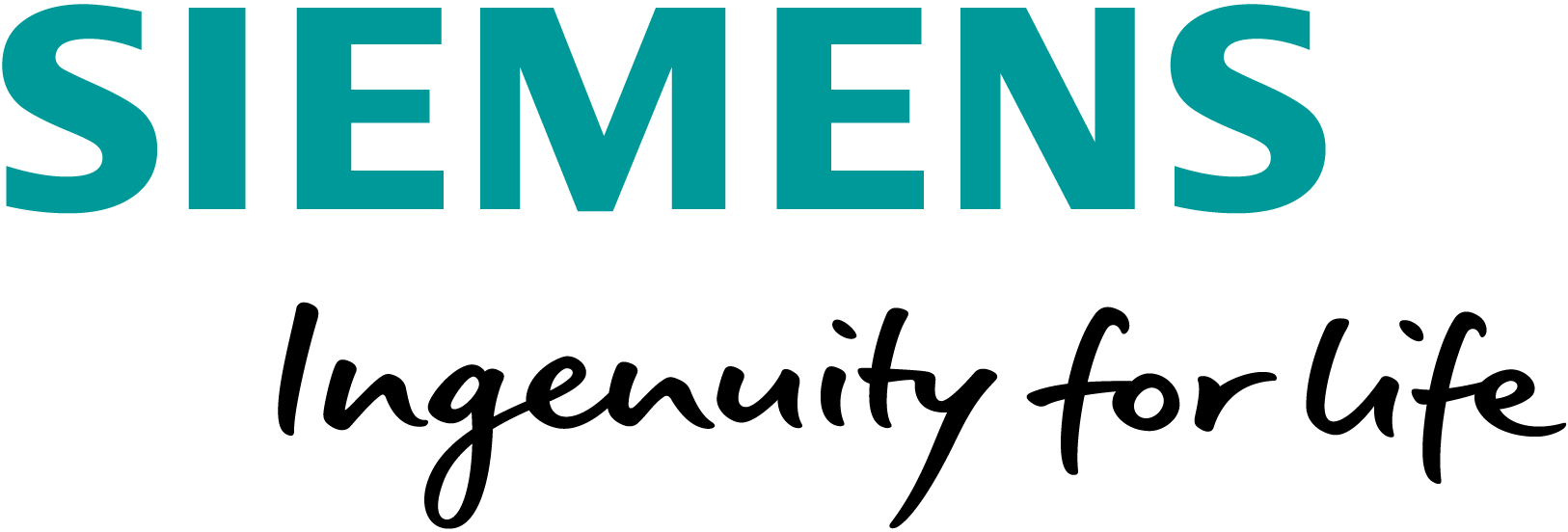Autonomous, Connected and Shared: The Future of Urban Mobility
Cities around the globe are growing rapidly. By 2050, an additional 2.5 billion people will live in urban centers – accounting for 70% of the world’s population – and these tech-savvy citizens will expect to get around quickly, safely and affordably.
To meet the transportation challenges that will arise with this population boom, Siemens Mobility has been helping cities across the world implement intelligent mobility systems that move their residents with greater efficiency while reducing congestion and pollution.
Using existing infrastructure, Siemens is pioneering technologies that allow urban dwellers to achieve seamless mobility. That means using a single intuitive app to control every aspect of travel, leveraging networks and artificial intelligence to make every connection smooth and error-free, cutting carbon emissions, improving safety and providing other benefits that digital natives demand from the cities where they work and play.
“This is absolutely vital for attracting businesses,” says Michael Peter, CEO of Siemens Mobility, who notes that the company’s strategy to “connect passengers through seamless mobility” focuses on creating wholly integrated connections in four key areas.
A Transformation Led by AI
A growing arsenal of applications that leverage artificial intelligence in infrastructure assets are helping vehicles, goods and pedestrians move around cities with greater speed and safety.
Innovations that once felt like the realm of science fiction – like cars that talk to traffic signals and signals that talk back – are being supplemented by Wi-Fi-connected cars and buses that share real-time data that can be used to adjust traffic movement.
Rail: The Backbone of Sustainable Mobility
Most cities already suffer from an overload of cars, meaning that autonomous automobiles won’t be the solution to growing traffic volumes, and will only add to the problem. Truly fighting congestion means that cars can no longer be the backbone of an urban traffic system.
“Cars and individual transportation will continue to play an important role in many areas, becoming safer and more efficient with connected vehicle technology,” says Peter. “But in urban centers, many large cites need a significant modal shift in transport, going from road to rail.” To illustrate this point, Peter notes that metro rail systems can usually transport 40,000 passengers per hour. In perfect conditions, a single highway lane that occupies the same amount of space allows about 1,200.
Unfortunately, city centers are rarely enjoy perfect conditions, with gridlocked cars often traveling at less than 5 mph.
Making it easier for people to use rail is the real trick. Reimagining an effective, holistic transportation system requires leveraging several modes of transportation that feed into the existing rail system, including innovative solutions for the first and last mile of the commute.
Along with established transit modes like taxis and ride-sharing, Siemens optimizes new DRT (demand-responsive transportation) options, with a special focus, through digitalization, on autonomous minibuses. By creating a feeder system that gets commuters from their door to a rail line without having to take a car, says Peter, seamless technology is poised to solve many logistical and economic problems that discourage people from using rail today.
One App, One Payment, One Seamless Trip
Getting around any city will always require a mix of different vehicles, timetables and technologies, which makes it essential to have a single, easy-to-use interface that ties the travel ecosystem together.
In the near future, one smartphone app will handle integrated ticketing for an entire journey with one purchase, while suggesting the best route, allowing choices among the fastest, cheapest or greenest options and learning from travel patterns to offer useful information to each user.
This technology will also coordinate across systems to make everyone’s journey easier, such as routing all passengers with the same destination to one train compartment to make switching easier. Micro-mobility tweaks like this can be invaluable timesavers, says Peter. “This application becomes a very useful tool for pretty much everything you do, because most people have three or four trips a day,” he explains.
Given that your smartphone will know which parts of the transportation network you actually utilize, it can calculate what the most cost-effective fare purchase would have been for the previous month, and will tell you, for example, if you would save money by buying a monthly ticket rather than paying for individual trips.
Putting It All Together
Siemens’ Mobility Operating System will allow cities to manage their entire transportation ecosystem. “This connects all the different systems that the city uses into one operating system,” says Peter, offering urban leaders AI-driven tools that allow advanced traffic-flow management and intermodal options based on real-time data, carbon emissions and pollution monitoring, control of self-driving fleets and all other vital aspects of public transport.
While reducing gridlock and increasing rider capacity have long been priorities for city leaders, newer challenges are expanding the scope of urban transport planning. Growing concern over carbon emissions is a prominent example, but actions regarding many other challenges – like cyber security and privacy – are increasing. Beyond technology innovation, creating urban transportation solutions will require new public and private partnerships and civic collaboration built on a deep understanding of the changing mobility needs of cities across the world.
